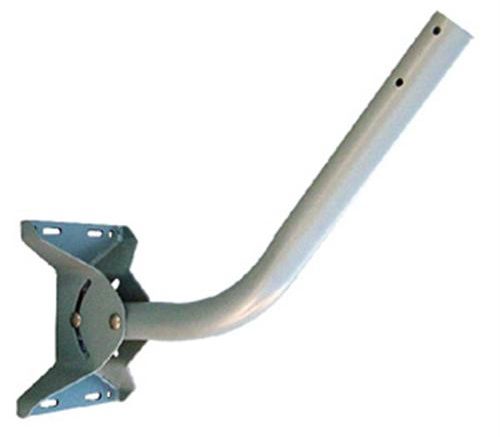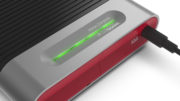Are you looking to mount a new antenna outside? I’m sure you have wondered how you should mount it. When mounting an antenna you have to worry about a lot of factors. If the antenna is large, you have to worry that it will be affected by wind and that the mount is strong enough to take the weight. With some of the larger UHF antennas, you may find that a short mount isn’t enough for the antenna to clear the roofline. Then again you simply may not be able to get up onto the actual roof because it’s old and not structurally strong enough, or you just may flat out to be afraid to do it. There are several choices you may want to consider:
J-mounts
J-Mounts are the most flexible choices. They consist of a hinged mounting point and a small mast. This means they can be mounted on eaves, roofs, or even walls and still work. The J-mount tends to be very short though so a large antenna may not have enough aiming room. Our marketing department produced this video a while back:
Wall mounts
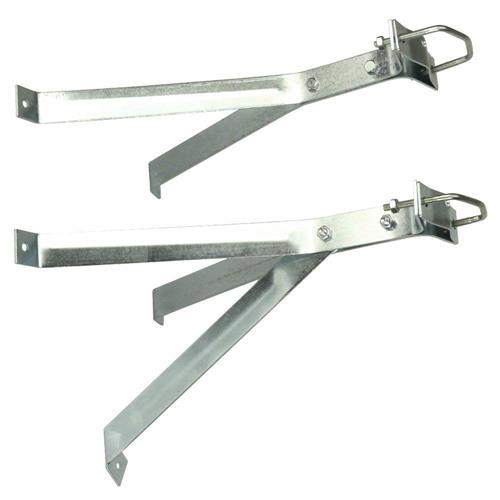
Wall Mounts are just what they sound like: special clamps that hold a mast and mount to the wall. Usually the mast is sold separately so these can be more adaptable than J-mounts in many cases. However, the mast may have trouble clearing the eave on many houses.
Chimney mounts

Chimney mounts strap all the way around the chimney and they are hands down the best way to get an antenna up on the roof if you have that option. They come in different sizes for different chimneys and they can hold even the heaviest of antennas without any further guy wires. Whenever possible, we recommend chimney mounts even though they can be difficult to install. Chimney mounts won’t damage any chimney that’s in good shape and if you need to remove them they don’t leave holes.
Tripod mounts
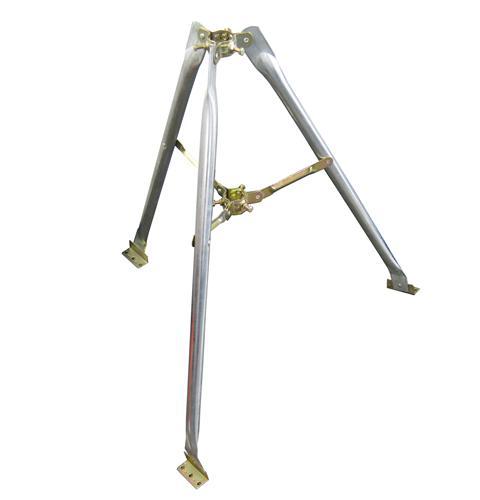
Tripod mounts are used anywhere you want to make sure there’s a nice strong mounting point. Most tripod mounts have hinges at the bottom so they can mount onto non-level surfaces. The problem with a tripod mount is that it only works well when bolted into the surface, meaning you are going to have to drill holes in the roof. This also means sealing those holes and filling them if you take the tripod off.
Non-penetrating mounts
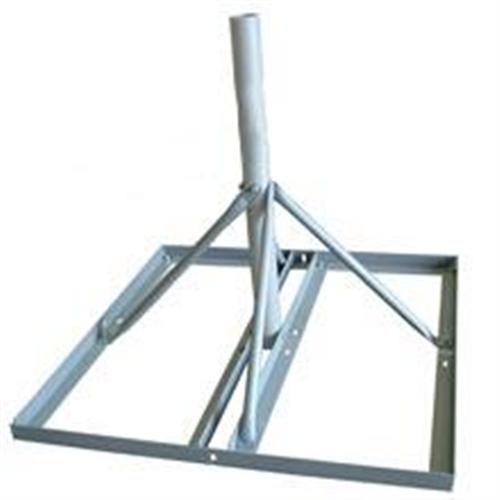
Non-penetrating mounts are popular in apartments or anywhere where you have a flat surface and you absolutely cannot bolt anything down. This is a special mount with a lower surface designed for 6-9 cinder blocks that do a fairly good job anchoring the mast. They won’t survive a hurricane but they certainly will do a lot better than a tripod.
A little bit more to learn
You also have the option of using guy wires when mounting anything… guy wires are just plain metal wires that anchor to the ground to provide even more stability. Generally, use guy wires for installs with fairly tall masts or in very windy situations. Anchor your guy wires into the ground solidly, ideally bolted into concrete.
For a complete list of mounts and mounting supplies, shop Solid Signal today!

